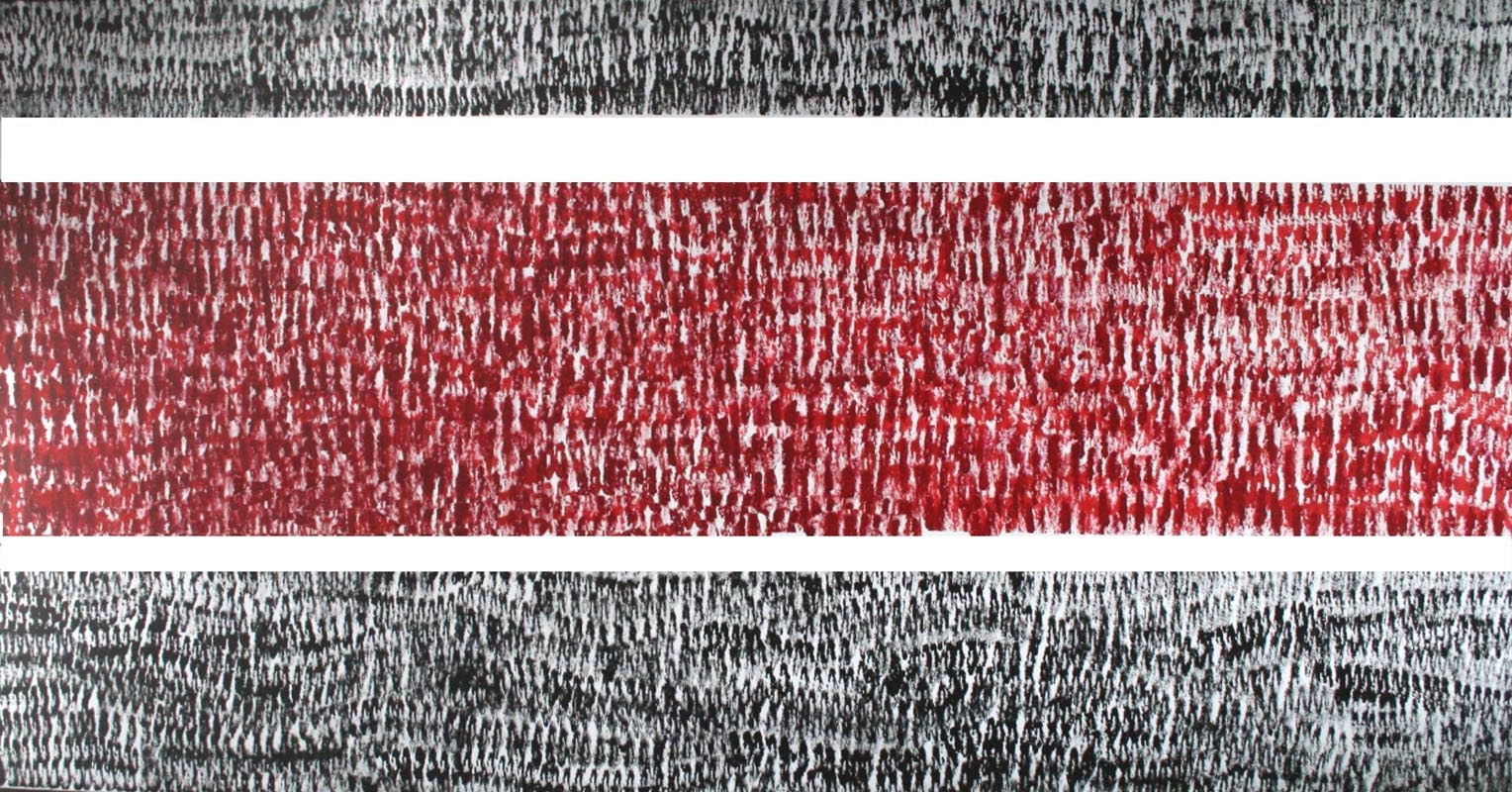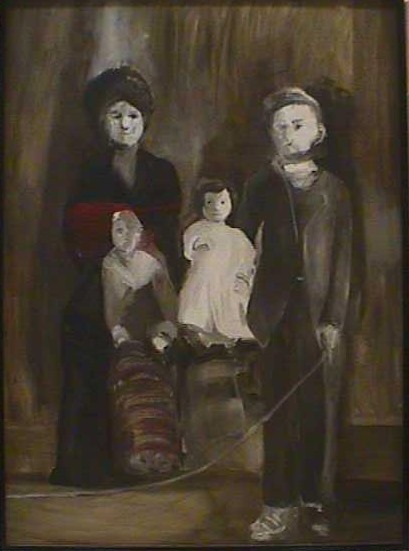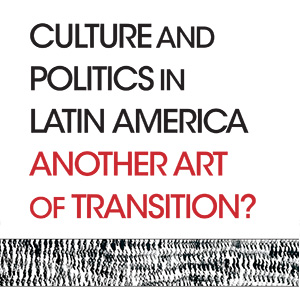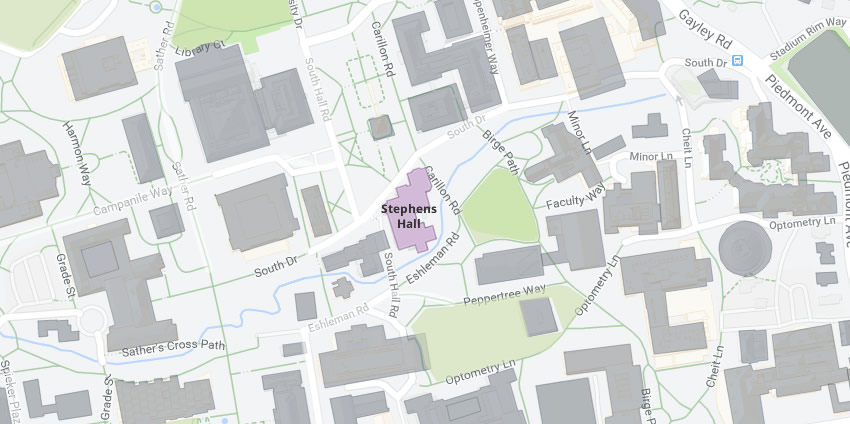
MULTITUDES
Opening Reception: Thursday, August 27, 2015 | 5 pm
Born in Argentina, Andrés Waissman is an emblematic figure in the world of contemporary art. He has worked in Barcelona and Paris and exhibited in England, Belgium, the Netherlands, Italy, Israel, Venezuela, Chile, and Argentina. Waissman has received numerous awards and his work is part of many international collections such as the Essex Collection of Art from Latin America (University of Essex), the Blanton Museum of Art (University of Texas at Austin), Museum of Latin American Art (Long Beach), The Magnes Collection of Jewish Art and Life (UC Berkeley), the Palazzo Burgio-Spanò (Marsala, Italy), Universidad Torcuato di Tella (Buenos Aires, Argentina), Museo Castagnino-MACRO (Rosario, Argentina), and the Museum Killka (Mendoza, Argentina).
Waissman’s work conveys not only a visual but also a deep philosophical and political statement—a whole body of thought rendered through images. In 2005, the book Waissman/A pilgrim artist by Rodrigo Alonso was published and his life and work was the subject of a PBS documentary by Eduardo Montes Bradley entitled Waissman (2010). The artist currently lives and works in Argentina where he created Studio Cri Program, a space for young artists to work and discuss their work.
About the Exhibit:
“The location of the multitudes is always different, but to some extent always the same. It is the territory of the crowd, of silent popular expression, and of nomadism, exodus and permanent search. Within those boundaries, the locations vary: football stadiums, ships, deserts. These are always temporary, transient places — the “non-places” described by Marc Augé.
The uncertainty of the crowd has been frequently pointed out: its constant movement, its errant, aimless wanderings, its emergence as a sign of the dissolution of the individual and his or her ability to act. If the crowd represents the world, then the world according to Waissman is not a static but a dynamic entity, a permanently changing territory. And that change is effected by the crowd’s will; it is not the result of accident or chance.
Displacements, migrations and nomadism are also the protagonists of heroic exploits, of the birth and growth of societies and nations like ours, of the search for the Promised Land. None of these events has taken place without sorrow and difficulty, without determination and struggle. Waissman’s paintings contain an agonizing recitation, a narrative with plenty of conflict and fight that is also a tale of effort and commitment.
It is highly meaningful that the artist should have begun to work with crowds a few years before the concept of multitude became a vital and productive concept in contemporary political theory. Opposite to the idea of masses, which describes undifferentiated beings characterized by their generality and anonymity, the concept of multitude refers to a human group that maintains the differences and particularities of the members that compose it. The multitude does not reject the individual; it articulates the ability to act in a particular way, encouraging joint activity in spite of personal differences. This concept allows for the possibility of political action and radical social transformations without needing a unified political being sharing just one ideology.
This perspective reinforces the arguments against indifference and anonymity in Waissman’s multitudes. Their permanent wish to move and change gives them an active role in their environment. It is also important to stress that in light of the current conflicts in the world, Waissman offers a communitarian response, recovering a political moment that is frequently elided in postmodern discourse. His evocation of history, memory, literature and poetry might be interpreted in the same way.”
— Rodrigo Alonso, curator and independent scholar of visual arts
For more information on Andrés Waissman, please visit the artist's website.
Exhibit hours are Monday-Friday, 9 am-4 pm. The exhibit is located in a meeting space; call 510-643-9670 or email townsend_center@ls.berkeley.edu in advance for room availability.


